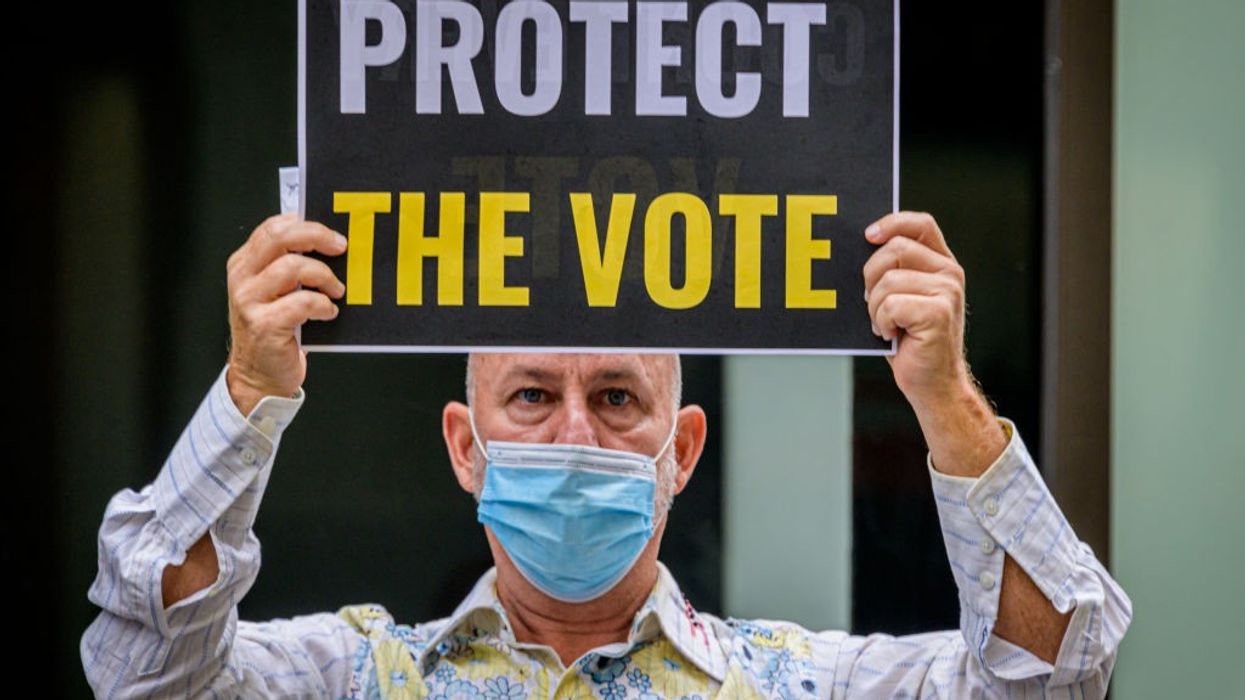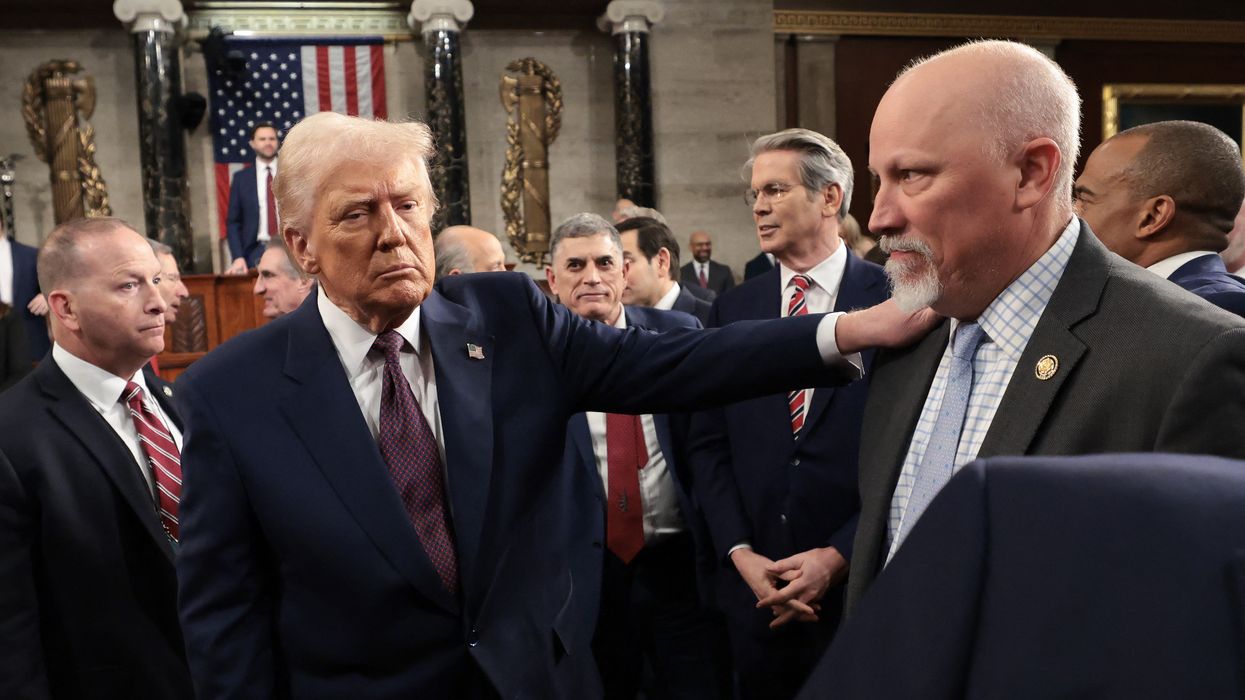Donald J. Trump Is the Leading Threat to US Election Integrity
For the president to try to personally grab power over our election system so blatantly is unprecedented. And it is emphatically counter to the law.
Will voters have the final say in 2026?
In recent years, despite the pandemic, violence, and intense pressure, American elections were secure and their results were reported accurately. Election officials worked together across party lines. The system held.
This year, however, a new threat to free and fair elections has emerged: the federal government itself.
It’s now clear that the Trump administration has launched a campaign to undermine American elections. An important new Brennan Center analysis uses the facts to connect the dots. All of this is unprecedented. It’s often illegal. It’s alarming. And it has begun to unfold in plain sight.
In 2020, 2022, and 2024, American elections withstood great pressure. They can do so again, but that will take vigilance, courage, and ferocious determination to defend democracy.
This strategy has been less visible than other, more dramatic power grabs—the unilateral imposition of tariffs, the deployment of the military into American cities, and more. But as my colleague Jasleen Singh writes, “A clear pattern suggests a growing effort. As the 2026 midterms approach, that effort will likely gather momentum.”
Some of this is well known, and some of it has unfolded quietly.
U.S. President Donald Trump has gutted the agency that provides states with election security support and purged its experts, the very people on whom states have relied for help.
An executive order tried to require Americans to produce a passport or the equivalent to register to vote in federal elections—documents that millions of citizens just don’t have. (A federal court has blocked that bad idea, in a suit brought by the Brennan Center and others.)
The administration has demanded that states provide access to voter rolls with personal information to the Department of Government Efficiency so it can find fraud. (What could possibly go wrong?!) Already, according to The Associated Press, the Justice Department has sought access to voter information in 19 states.
There’s even an attempt to withdraw federal approval for the voting machines used across the country.
And, in recent days, the White House has supported Republicans in the Texas State Legislature in their effort to adopt one of the most gerrymandered congressional maps in the nation’s history—an even more severe gerrymander than the party had drawn at the start of the decade. It would be an egregious case of politicians choosing their voters rather than the other way around.
Expect more to come. The president recently visited the Justice Department, where he declared that the people behind the “crooked” 2020 election “should go to jail.” Prosecution task forces have been established in Washington, D.C. and New Jersey. These federal officials are looking to bring charges against state election officials. The president already issued executive orders targeting a former high-level government official and others for their work to protect elections and voting rights.
In 2020, Trump’s attempt to overturn the election was haphazard and chaotic. It was ultimately constrained by federal and state officials. His own attorney general dismissed claims of fraud with a barnyard epithet. Now, the executive branch has been weaponized. Election deniers hold top Justice Department positions. The new civil rights chief, Harmeet Dhillon, declared that she is “turning the train around and driving in the opposite direction.”
All this adds up to more than mere politics, more than the usual tussles over rules and scrambling for momentary advantage. For the federal government to intervene this way—for the president to try to personally grab power over our election system so blatantly—is unprecedented. And it is emphatically counter to the law.
Presidents do not run elections. The Constitution gives states the responsibility to run federal elections. Congress can set national standards. But the president has little if any proper role.
It’s a personal drive by a peevish second-term president to take control of important parts of the election system, just months before a critical midterm election.
Why do all this? Threats, noise, investigations, and false claims of fraud can spread doubt and discredit valid results. The clamor will make it harder for brave election officials and citizen volunteers to resist presidential pressure to change results.
In 2020, 2022, and 2024, American elections withstood great pressure. They can do so again, but that will take vigilance, courage, and ferocious determination to defend democracy. This is the substance of true patriotism.
State election officials must continue to stand up for voters. At the Brennan Center, we are working to support these quiet heroes of our system. We are arming them with information, for example, about which data requests are improper.
Courts, too, must act—and some already have.
Ultimately, it will be up to voters. It’s harder to rig an election when people are watching—and shouting. High turnout can overwhelm chicanery.
So stay tuned. This great fight will become an increasingly important story until next November, and no doubt beyond. All this goes well beyond typical partisan jostling. The Declaration of Independence proclaimed that government is legitimate only when it rests on “the consent of the governed.” The Brennan Center will do our part to defend voters and protect the system.


